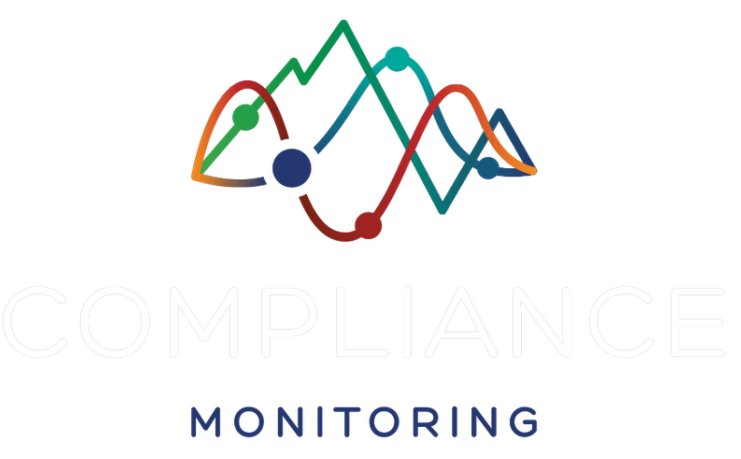Emissions
Monitoring objectives may be to:
- Establish emissions inventory data
- Determine dispersion of emissions and/or potential transformations with supportive modelling
- Quantify pollutants magnitudes for impacts assessments
- Assess compliance with works approval and/or regulated emission limits
Regulated/Licensed
Measurands are matched to the emissions source but are likely to also require supporting measurement of moisture, gas density, oxygen, carbon dioxide, flow, temperatures plus pressure and stratification measurements to establish volumetric flow rates and mass emission rates.
Typically, combustion sources require measurements of particulates, sulphur compounds, nitrogen species, carbon monoxide and ozone.
Kilns and chemical facilities may require the combustion parameters plus potentially chlorine, fluorine, hydrogen fluoride, metals and various organics.
National Pollutants Inventory (NPI)/ National Greenhouse and Energy Reporting (NGER)
National records are maintained for pollutants and greenhouse gas (GHG) emissions.
Emission estimates for individual source locations and companies for over 90 pollutants are made available to the community, industry and government via the NPI website. These estimates are either obtained via usage records, emission calculations or actual monitoring and modelling.
Greenhouse gases include carbon dioxide (CO2), methane (CH4), nitrous oxide N2O, sulphur hexafluoride (SF6), hydrofluorocarbons and perfluorocarbons. As the various compounds have differing global warming impacts then to ensure consistency these are reported in CO2 equivalents or CO2-e. Companies are required to determine their obligations under the NGER Act and must establish if they are a declared facility, required to report their GHG emissions.
